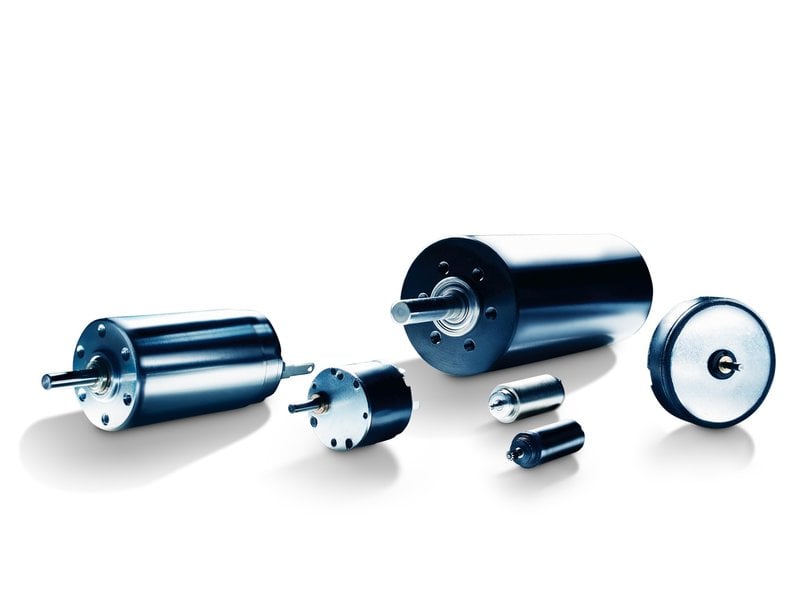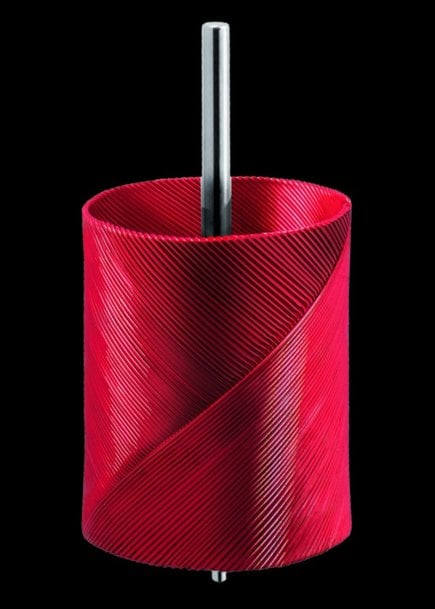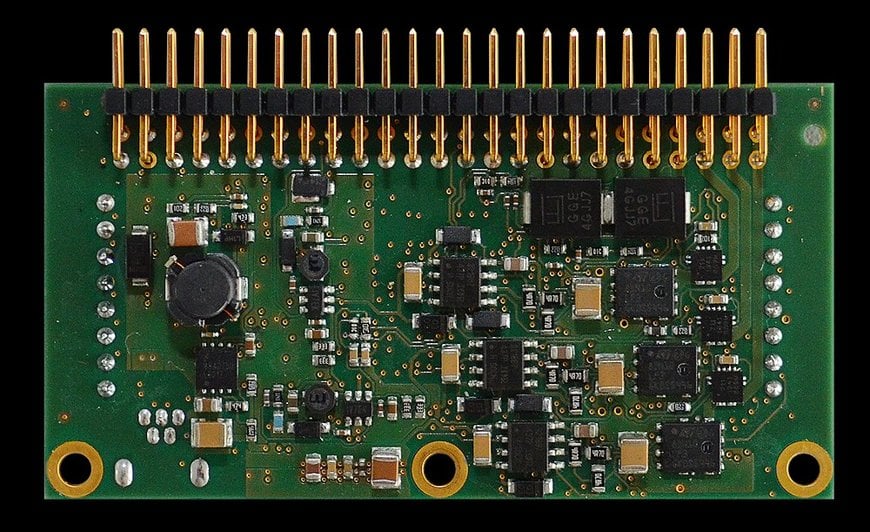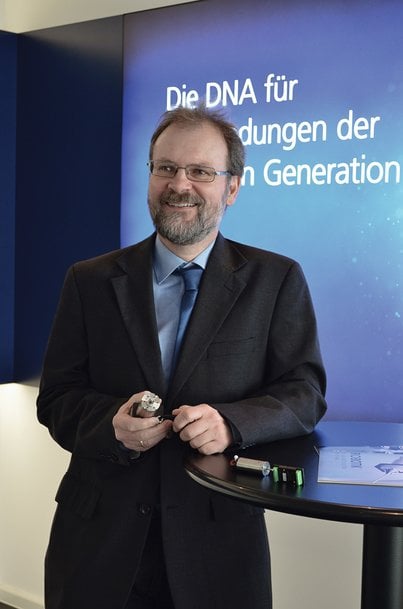www.magazine-industry-usa.com
26
'21
Written on Modified on
Matching DC-Microdrives and Motion Controllers
Perfectly Paired for Size and performance. Small and powerful DC-motors are critical to the development of ever more highly integrated systems. These motors are driving technology in many different sectors, from medical and laboratory technology to aerospace, robotics, optics and photonics, as well as industrial machinery and equipment in general. But the small motors only mature to an application-relevant drive or positioning system when combined with other components, such as gearheads, encoders and motion controllers.Making the right choice is fundamental for reliable operation.

Risk of overheating
At the heart of the DC miniature and micromotors from FAULHABER is the patented, self-supporting, coreless rotor coil with skew-wound design and brush commutation, which rotates around a fixed magnet. This motor is also often referred to as a bell-type armature motor due to its look. Its design not only has many practical benefits, it also influences the selection of the motion controller.


Additional information about thermal integration in the application can be used in the models that are stored in the controllers for further improvement. How well is the motor cooled? Is it necessary to limit power due to high ambient temperatures? Is a gearhead and encoder used? With additional information like this, maximum motor power can also be used with, e.g. a drive that works cyclically in a climatic chamber, in that the motor controller keeps track of the ambient temperature parameters from the climatic chamber control within the models stored. The same applies if the load cycles are known. The motor can then often be smaller in design, which is an advantage especially when used in mobile devices.


The motion controllers of the MC V3.0 family, which have been tried and tested for years, have limited usability for the micromotors from FAULHABER due to their size and the resolution of the integrated motor current measurement. This is where the new MC 3001 B/P comes in: The first motion controller that is perfectly suited to smaller servo drives, both in terms of its size and the resolution of the current measurement. With a maximum supply voltage of 30 V, the motion controller sized 16 x 27 x 2.6 mm (W x L x H) achieves a continuous current of 1 A and a peak current of 5 A. At lower supply voltages, such as in 12 V systems, continuous currents of up to 2 A can also be easily achieved. At the same time, they do not compromise on function compared with their large family members. The I/O options and encoder interface are the same as the rest of the product family. USB, RS232, and CANopen are available as communication interfaces. A compact EtherCAT interface can then also be provided via a customer-specific carrier board (motherboard).

The controllers are available in two variants: The model with flat board-to-board connectors (MC 3001 B) is ideal when several drive controllers are combined on one carrier card. The MC 3001 P variant features a plug connector with a 2.54-mm grid over three sides. It is easy to integrate into your own configuration, e.g. for multi-axis applications in laboratory automation. Now, there are finally powerful motion controllers for even the smallest DC drives from FAULHABER, perfectly matched to the motors both in terms of size and function.

